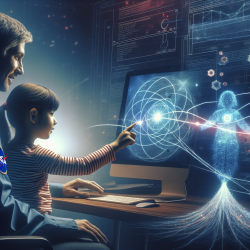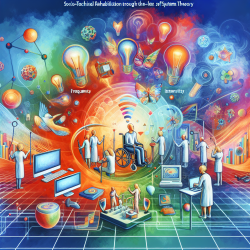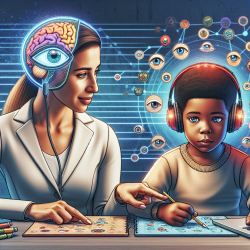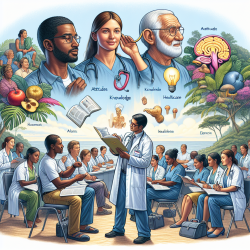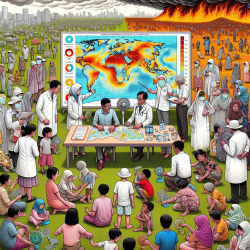Unlocking the Future of Speech Therapy with Quantum Optics: What NASA’s Research Means for Our Kids
As speech-language pathologists, we constantly seek innovative ways to enhance the therapeutic outcomes for children. Recently, a groundbreaking study titled The deep space quantum link: prospective fundamental physics experiments using long-baseline quantum optics has shed light on new possibilities that can revolutionize our field. Although this research is primarily rooted in quantum physics, its implications extend far beyond, potentially influencing data-driven decisions in speech therapy.
Understanding the Research
The study explores the Deep Space Quantum Link (DSQL) mission, which aims to establish quantum optical links over extremely long distances. This mission will conduct experiments on quantum teleportation, tests of gravitational coupling to quantum states, and advanced tests of quantum nonlocality. The findings from these experiments are expected to validate and extend our understanding of quantum mechanics in weak-field regimes.
Relevance to Speech Therapy
While quantum physics and speech therapy might seem worlds apart, the methodologies and technologies developed for DSQL can be transformative for our practice. Here’s how:
- Data-Driven Decision Making: The precision and accuracy required in quantum experiments emphasize the importance of data integrity. Adopting similar data-driven methodologies can enhance our diagnostic and therapeutic processes, ensuring that we base our decisions on robust, reliable data.
- Advanced Communication Tools: The technology developed for long-distance quantum communication can inspire new tools for remote speech therapy. Imagine more efficient and reliable teletherapy sessions that can simulate face-to-face interactions, even over vast distances.
- Enhanced Collaboration: The collaborative nature of the DSQL mission, involving multiple international partners, underscores the value of interdisciplinary collaboration. By fostering partnerships with tech experts and researchers, we can co-develop innovative solutions tailored to speech therapy.
Encouraging Further Research
The outcomes of the DSQL mission highlight the importance of continuous research and development. As practitioners, we should be encouraged to explore how cutting-edge science and technology can be integrated into our therapeutic practices. By staying informed about advancements in various fields, we can proactively seek out and implement new strategies that benefit our clients.
Implementing the Insights
To integrate the insights from this research into our practice, consider the following steps:
- Stay Informed: Regularly review scientific literature from diverse fields to identify potential applications in speech therapy.
- Collaborate: Engage with researchers and technologists to explore innovative solutions tailored to our needs.
- Adopt Data-Driven Practices: Implement rigorous data collection and analysis methods to enhance the effectiveness of your therapeutic interventions.
- Invest in Technology: Explore and invest in advanced teletherapy tools that can improve the quality of remote sessions.
By embracing these strategies, we can ensure that our practice remains at the forefront of innovation, ultimately leading to better outcomes for the children we serve.
To read the original research paper, please follow this link: The deep space quantum link: prospective fundamental physics experiments using long-baseline quantum optics.
